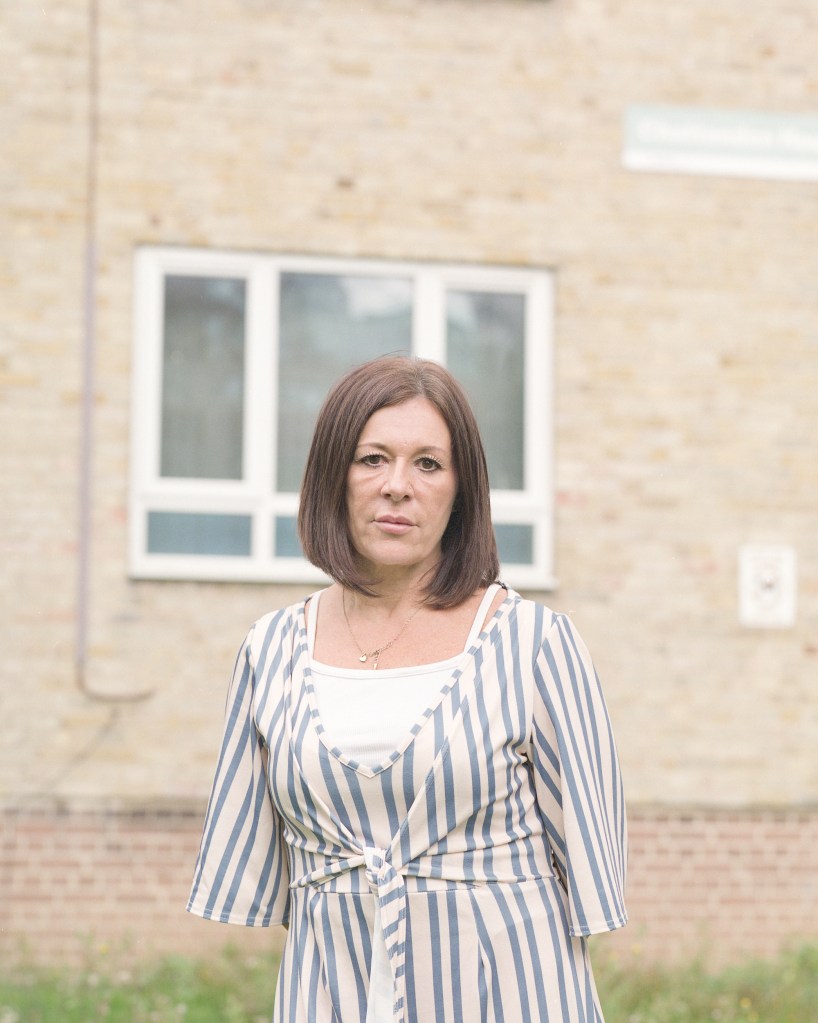The washing hanging on Denise O’neil’s balcony casts a peculiar image. Not because she has strange clothes, but because it’s the only sign of life in her block capable of housing up to 30 households.
O’neil moved to the Woodberry Down estate in Hackney, east London in 1993 with her one-year-old son and a daughter on the way. Back then it had a reputation for being rough – O’neil admits that she cried when she first moved – but she soon settled in. “The kids had a brilliant life growing up here,” she says, looking out onto the now empty playground. “It was a real community feel, all the shopkeepers were locals and everyone kept an eye on each other.”
Videos by VICE
But now, O’neil is the last person standing in phase three of a four-part regeneration plan that has spanned over 20 years. Her block, Chattenden House, and some of the ones surrounding it, are due to be demolished imminently, but she’s embroiled in a dispute with Hackney Council. She claims that she needs a two-bedroom property, due to her and her partner sleeping separately as both have chronic illnesses. The council disagrees and has offered her a one-bedroom flat, which she is intent on refusing.
“I’m a warrior for this estate,” she says with a hardened smile.
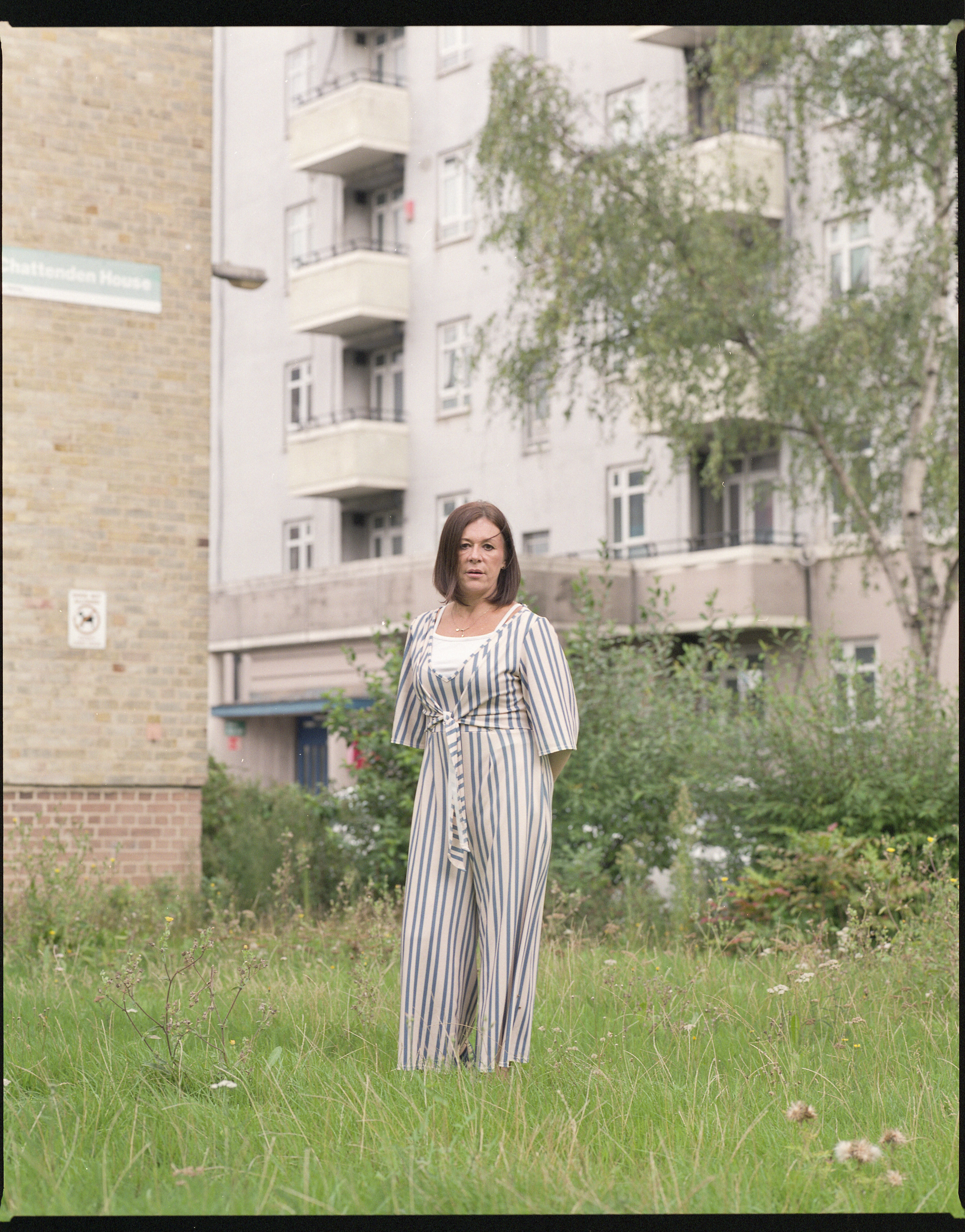
Since the blocks emptied, O’neil claims that “there’s been a massive problem with drug dealing on the stairs”. She says that she has been threatened multiple times on the estate.
Yet walk less than a minute from Woodberry Down and a different world opens up. The estate is enclosed by a canal that runs into a wetlands and nature reserve. Ducks glide along the water, overlooked by shiny new build flats. Transparent balconies, synonymous with so many new buildings in London, reveal snippets of the lives within: kids’ bikes stored on one, a couple drinking coffee on another. You also can’t miss the glossy signs directing people to the marketing suite of the developer, Berkeley Homes.
The Woodberry Down estate was built in the aftermath of the Second World War and was one of the largest estates in Europe at the time. But deterioration and under-investment led Hackney Council to demolish and rebuild the estate’s housing in 1999. Originally, this was planned through a Housing Association stock transfer, but the government pulled the funding for the scheme, leaving Hackney Council in need of investment, and prompting it to partner with Berkeley Homes.

Despite two decades of investment, a Freedom of Information request sent by VICE News to Hackney Council reveals that in 2002, there were 1,722 homes occupied at social rent on the Woodberry Down estate. Today there are 1,269: a 26 percent fall.
Phil Glanville, Mayor of Hackney, tells VICE News this is because the project predates the council’s in-house delivery model, with construction beginning in a period when councils were prevented from directly building their own homes and at the height of a global recession. But Alex Armitage, the Green Party parliamentary candidate for Hackney North and Stoke Newington, says the fall in the number of social homes “is evidence that Hackney’s Labour Council, which was elected to stand up for working class communities, is complicit in social cleansing”.
However, there is more to the picture than initially meets the eye. The FOI request also revealed that only 30 council tenants have left the estate for good. Dr. Suzy Nelson, Emeritus fellow at Westminster University, has researched regeneration projects across London, including Woodberry Down. She says that “the majority of existing residents getting to stay [in Woodberry Down] is hugely different to elsewhere”.
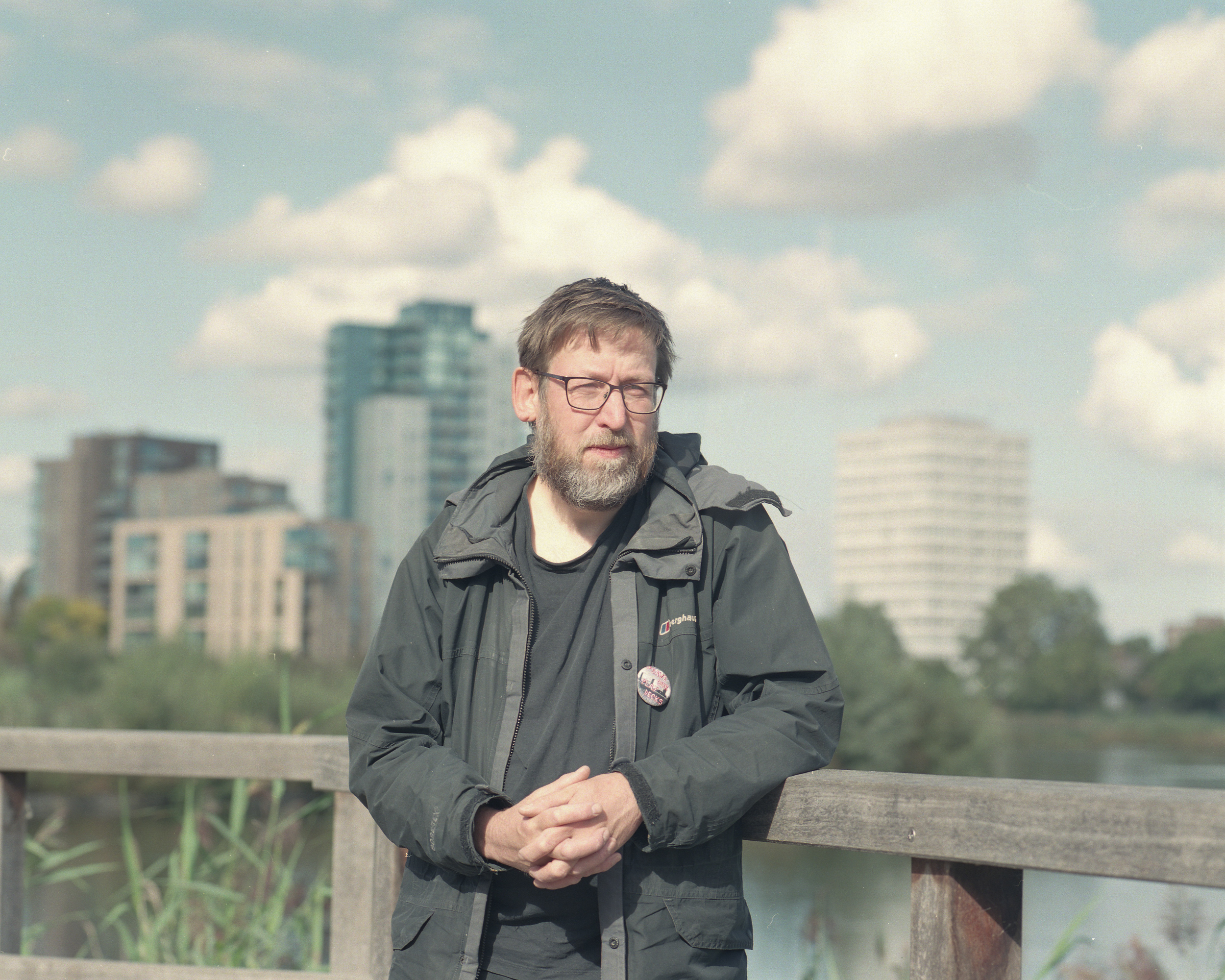
Geoff Bell is one of these residents. He moved to Woodberry Down over 40 years ago and has lived there ever since, recently moving into one of the new council flats. He was chair of the Woodberry Down Community Organisation, who he describes as “critical friends of the regeneration project”, before retiring two years ago.
“There was no other way the council could bring homes up to a decent standard without knocking them down,” he says. “They didn’t have the money for it, so the only way to regenerate was to partner with a developer.” Bell also believes that the commitment that every council tenant would be moved to another council home means that “social cleansing didn’t happen here”.
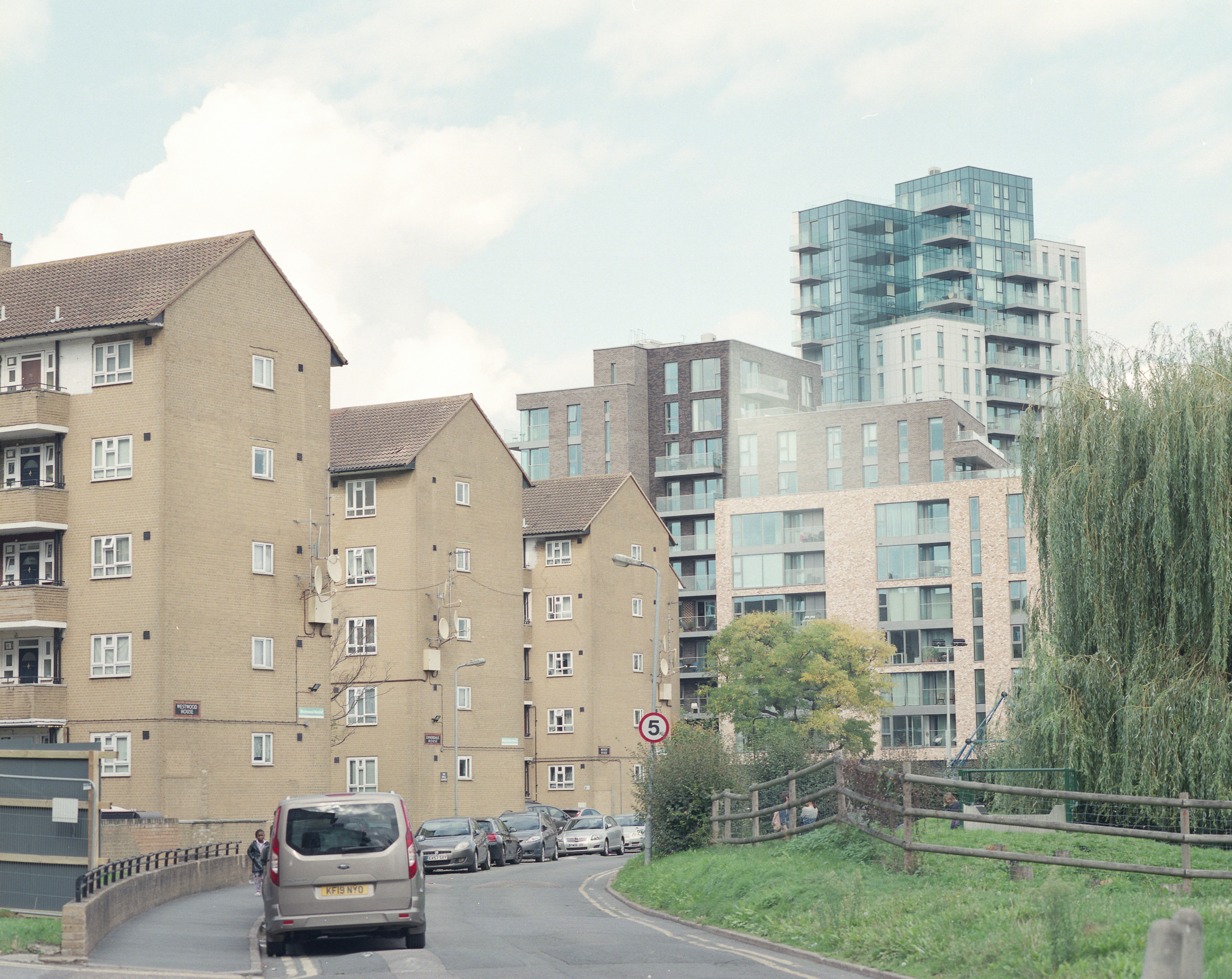
Glanville agrees. “It’s simply untrue to suggest that council housing tenants getting a brand new home, designed in partnership with them, at a social rent, represents gentrification,” he says. “We’ve been clear from the start that 41 percent of homes will be for social rent and shared ownership.” Hackney Council, he adds, is always looking to “maximise the number of new additional social rented homes”, claiming that 149 have been added to plans since 2009.
Liat Mordechai moved to Woodberry Down in 1989 after her mother fled her abusive partner. She says that it was “rough, rough, rough”, but they felt welcome when they arrived and quickly befriended their neighbours. Her mum was settled in the area so decided to buy the flat through Margaret Thatcher’s Right to Buy Scheme, with Liat taking over the mortgage later on.
Yet when the regeneration of the estate began, Mordechai’s home became very different. “The building work was so loud you couldn’t sleep,” she says. “They started at 7AM and wouldn’t stop drilling until the end of the day.” When Hackney Council tried to purchase her flat through a compulsory purchase order, Mordechai took the decision to send her mum, who has schizophrenia, back to Israel. “The stress, the noise, the sale – it was too much for her,” she says.
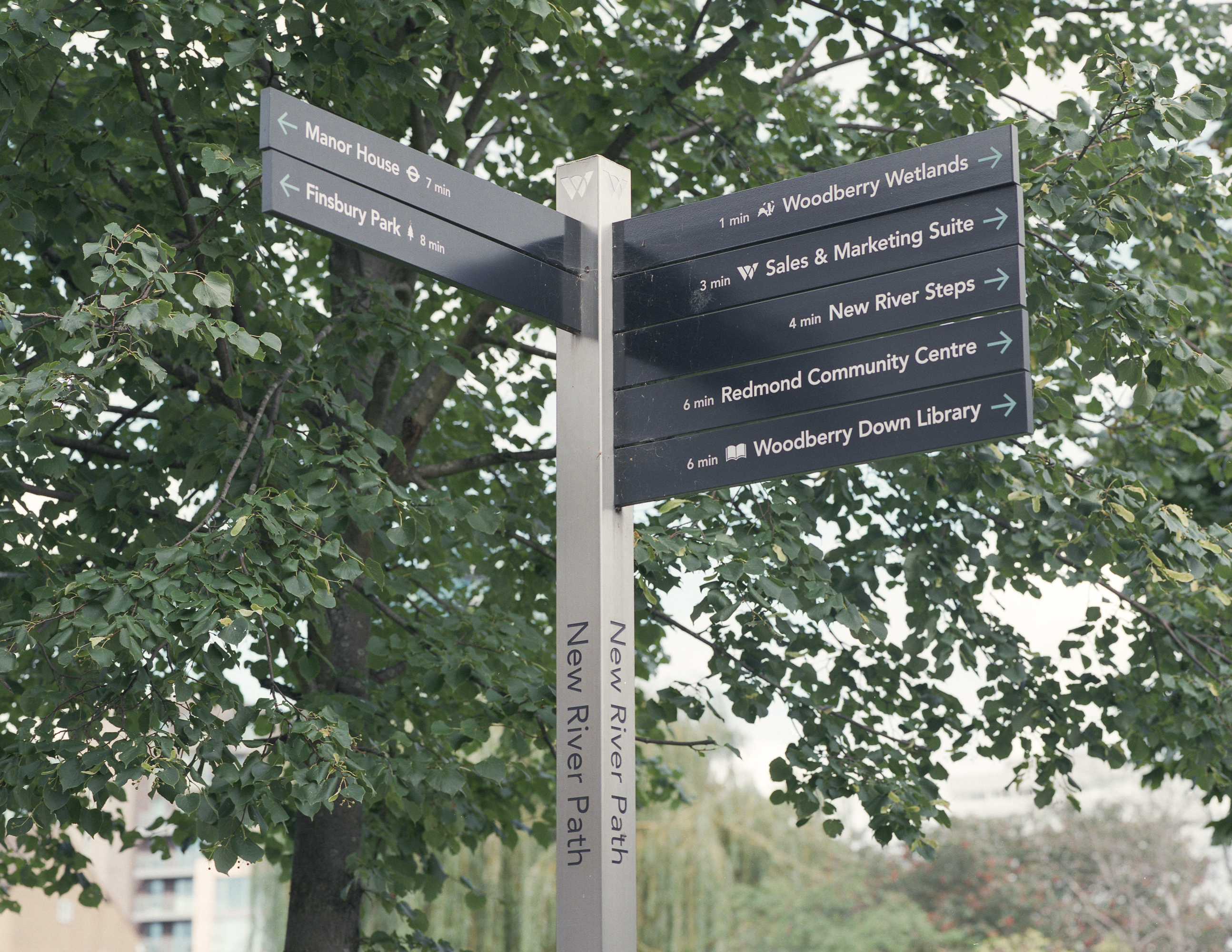
Mordechai attempted to fight the sale in the courts, arguing it was not in the public interest, but it eventually went through and she has since moved to Harrow. “I would 100-percent still be there if it wasn’t for the regeneration, I couldn’t afford anything in the area with the money I got,” she says. “It’s all an exercise in profit and money.”
But the effects of Woodberry Down’s regeneration go beyond the hard figures. Glanville, Hackney’s Mayor, says the project “has delivered a new community centre, secondary school, and public parks, alongside the opening of the stunning Woodberry Wetlands for the first time in nearly 200 years.” Meanwhile the spokesperson for Berkeley Homes maintains “community is at the heart of our approach”, saying that from the beginning, the company wanted to create an “integrated and balanced neighbourhood which actively welcomes new residents and improves the lives of the people who already live here”.
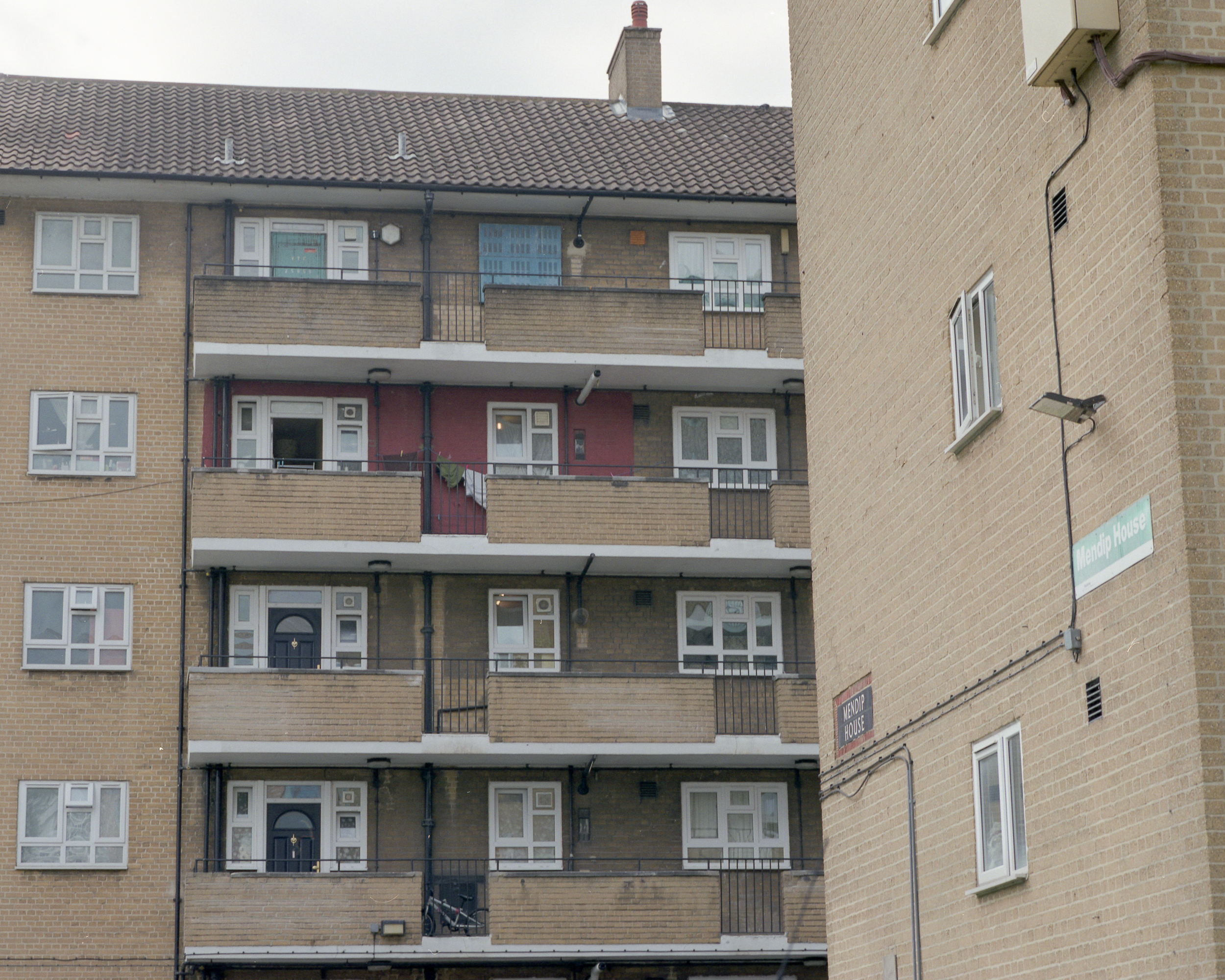
But long-standing Woodberry Down residents are sceptical about who is benefiting. Andreas* moved to the UK from Chile in 1977 as a refugee, moving to the estate in the early 90s with his pregnant daughter. “People were car mechanics, my neighbour was a taxi driver,” he says “I was working on mental health wards, there were a lot of nurses. There were many refugees as well, people from Colombia, Latin America. Everyone knew everyone.”
Now he says that when he goes to the new coffee shop overlooking the reservoir, “I don’t know anybody there. I was the only one I think from the original people. I can tell from the quality of their clothes, the way they speak, their accents.”
The estate and even the local Manor House tube station are adorned with Berkeley Homes’ glossy adverts, encouraging buyers to join the dream of a mixed community overlooking the wetlands. But 42 percent of the homes for private sale in phase one of the redevelopment went to overseas investors. Prices for riverside apartments on the Berkeley Homes website range from £550,000 to £610,000 for a one-bedroom, and up to £1.5million for a four-bedroom.
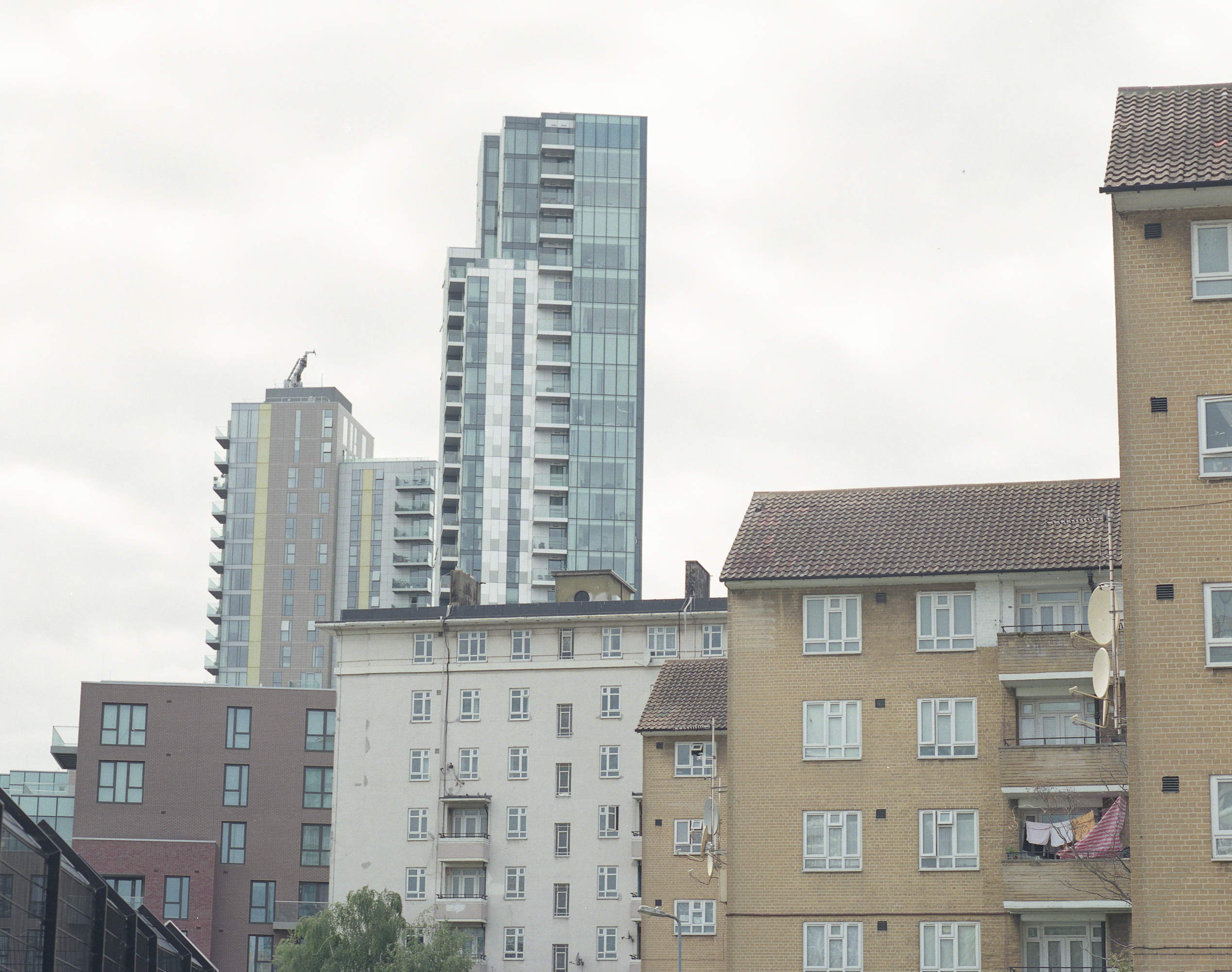
Overall there is a feeling of a growing divide on the Woodberry Down estate. Berkeley Homes says that “it is impossible to tell the difference between the private and social housing”. But O’neil claims that of the people she knows who’ve moved into council tenancies in the new blocks, none of them moved into those overlooking the water, having to make do with a view of Seven Sisters Road instead.
“We have lived next to the canal all our lives,” she says. “So why don’t we benefit from those lovely water views? I feel like we are treated like scumbags – they don’t think people in social housing can’t mix with private. It’s wrong.”
Armitage worries about this divide too. “Segregation between social and market homes is a trend across regenerations in London and is a feature of housing being seen as a vehicle for profit,” he says.
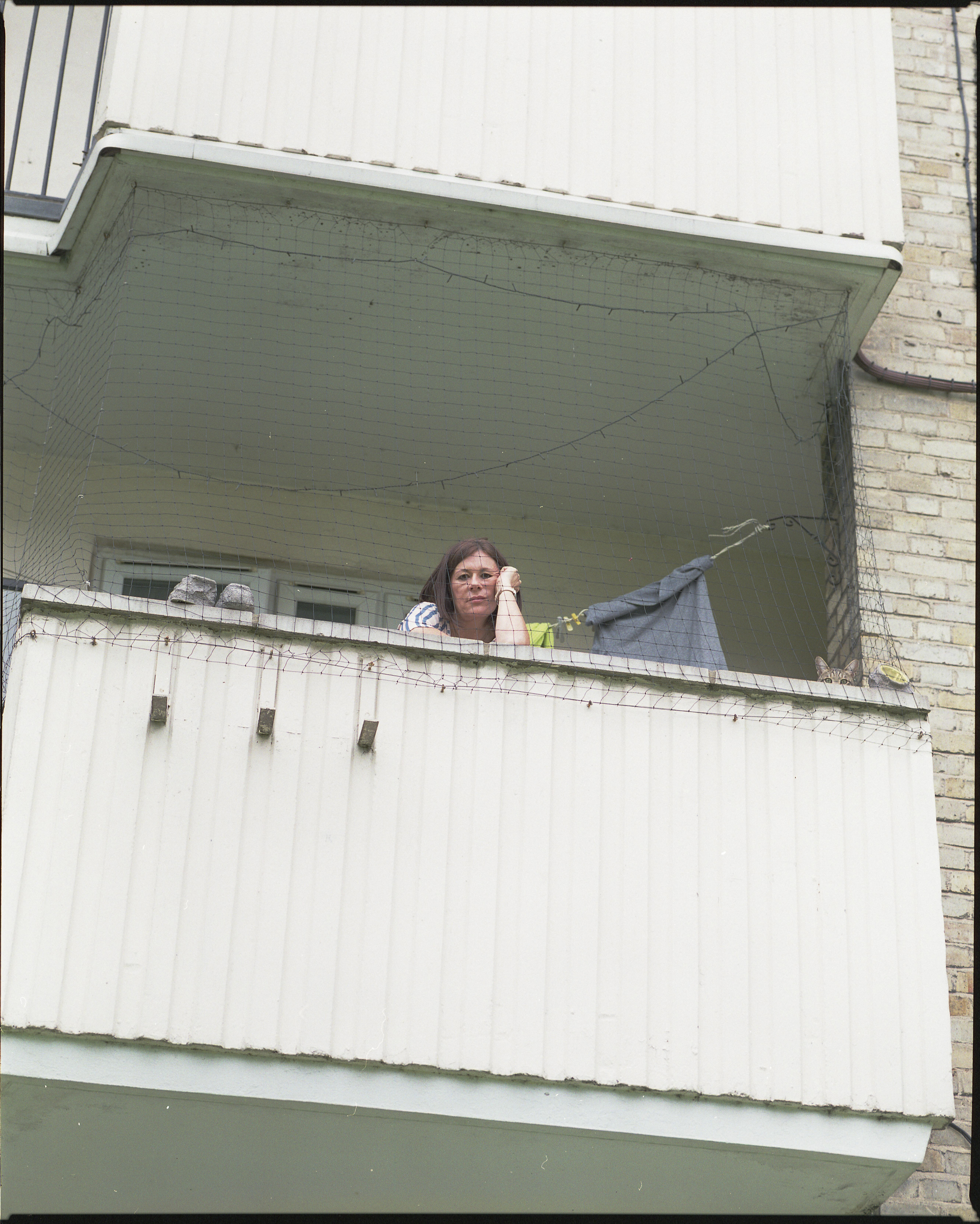
Many Woodberry Down residents also mourn the loss of local shops. They talk of a local butcher’s, a sweet shop and grocers that would start a tab if you were short of cash and knew most people in the estate by name. After the Berkeley Homes development, things are very different. “The choice of shops was geared towards selling homes, favouring fancy restaurants over local needs,” says Bell. Andreas thinks that the estate “feels like a new costa del Hackney with Berkeley, the reservoir, beautiful views of the water and London – but it’s not for us who are living here.”
O’neil gazes out her window at the glossy flats looming over her. “I call this place The Wizard of Oz,” she says. “this here is Kansas and that’s the Emerald City.”
*Name changed to protect identity
